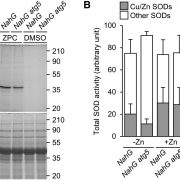
Autophagy Maintains Zinc Pools under Zinc Deficiency
Plant Physiology, Plant Physiology: On The InsideZinc (Zn) is a metallic element that is essential for all living organisms. Zn serves as a catalytic or structural cofactor in a large number of enzymes including alcohol dehydrogenase, superoxide dismutase (SOD), and regulatory proteins such as transcription factors containing Z-finger domains. Accordingly,…
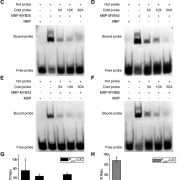
MYB Transcription Factors Regulate Secondary Metabolism
Plant Physiology, Plant Physiology: On The InsideSecondary cell walls play important roles in providing long-distance water transport, mechanical support, and plant defense. The main components of secondary cell walls are cellulose, hemicellulose, and lignin. The synthesis of lignin monomers involves the phenylpropanoid pathway, which is also shared…

Informational Interview with Katherine Andrews of Cresco Labs
Careers in Plant ScienceInformational Interview by Haley Carter, ASPB Conviron Scholar
I had the pleasure of interviewing Katherine Andrews, who is the Director of Cultivation, Standards and Practices at Cresco Labs. Andrews is an alumna of the Plant Biology and Conservation Graduate Program at Northwestern University and…
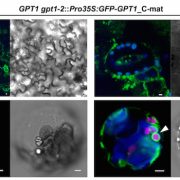
The Arabidopsis GPT1 transporter is Essential in Both Plastids and Peroxisomes
Research, The Plant Cell, The Plant Cell: In a NutshellBaune et al. explore the roles of a metabolite transporter in two different locations in a single cell. Plant Cell https://doi.org/10.1105/tpc.19.00959
By Marie-Christin Baune, Hannes Lansing, Antje von Schaewen
University of Münster, Germany
Background: The oxidative pentose-phosphate…
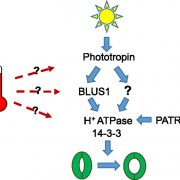
Temperature Signaling in Guard Cells
Plant Physiology, Plant Physiology: On The InsideThe elucidation of plant temperature signaling networks is confounded by the fact that commonly measured physiological outputs of temperature change (e.g., stem elongation and flowering time) can be temporally and spatially distant from the temperature perception event, requiring intercellular, intertissue,…
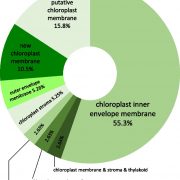
Cold-Induced Proteomic Changes in the Chloroplast Envelope
Plant Physiology, Plant Physiology: On The InsideAs a cold-hardy species, Arabidopsis (Arabidopsis thaliana), is a useful model for the investigation of the molecular and physiological mechanisms underlying cold acclimation in plants. Chloroplasts harbor the enzymatic machinery required for photosynthetic CO2 fixation, starch production, nitrite and…

Informational Interview with Prof. Patricio Munoz, Assistant Professor, Blueberry Breeding and Genomics, University of Florida
Blog, Careers, Careers in Plant Science, Profiles of Plant ScientistsBy Conviron Scholar Modesta Abugu
In this interview, I spoke with Dr. Patricio Munoz, a scientist at the Horticultural Science department, University of Florida. He uses genomic data to predict the phenotype of blueberries, develop new cultivars and improve traits like yield, flavor, shelf and disease…
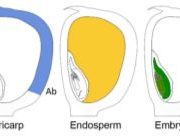
The Way Out: A Transcriptionally Unique Group of Endosperm Cells Implicated in Nutrient Export to the Embryo
Research, The Plant Cell, The Plant Cell: In BriefSuccessful development of the maize (Zea mays) kernel requires proper nutrient transport and signaling among its genetically distinct components: the embryo that gives rise to the next generation, the endosperm that nourishes the embryo, and the maternal tissues that surround the embryo and the endosperm…
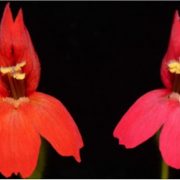
Regulation of Carotenoid Pigmentation in Flowers
Research, The Plant Cell, The Plant Cell: In a NutshellStanley et al. Identify a protein in the model plant monkeyflower (Mimulus) required for chromoplast development and carotenoid biosynthesis. Plant Cell https://doi.org/10.1105/tpc.19.00755
By Lauren Stanley and Yao-Wu Yuan, University of Connecticut
Background: Carotenoids are yellow, orange,…

